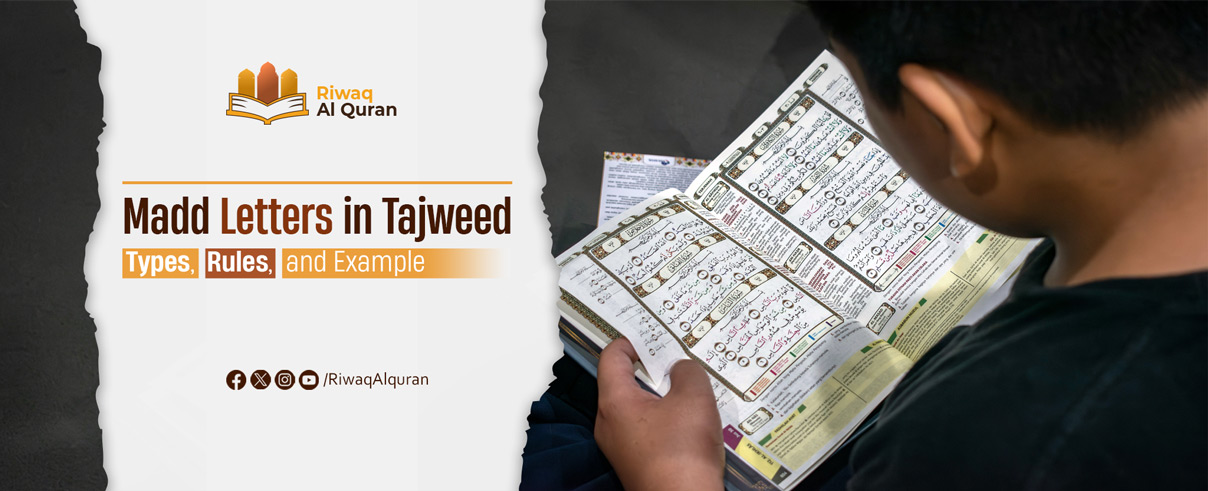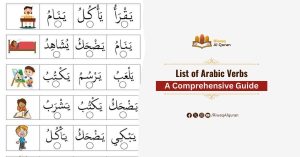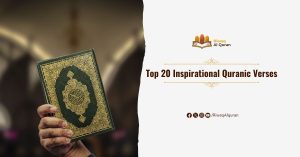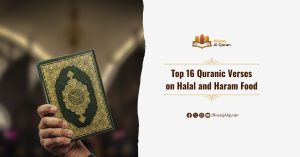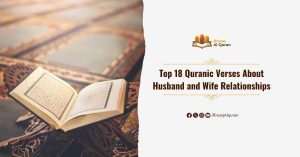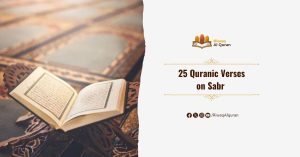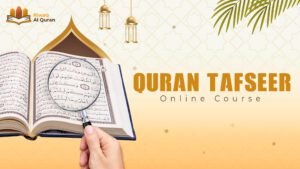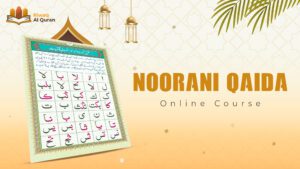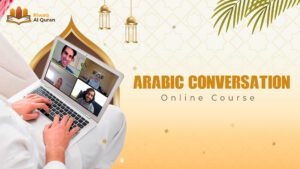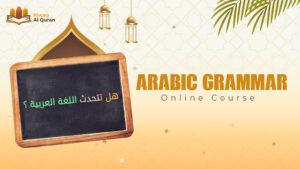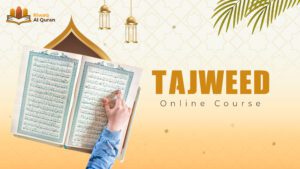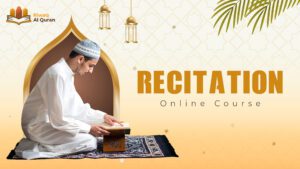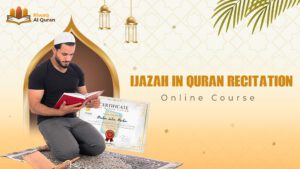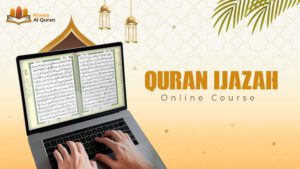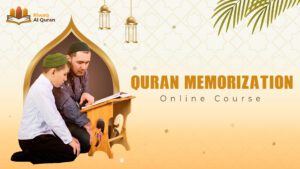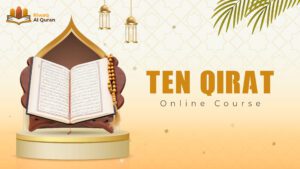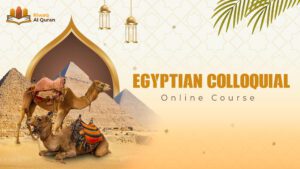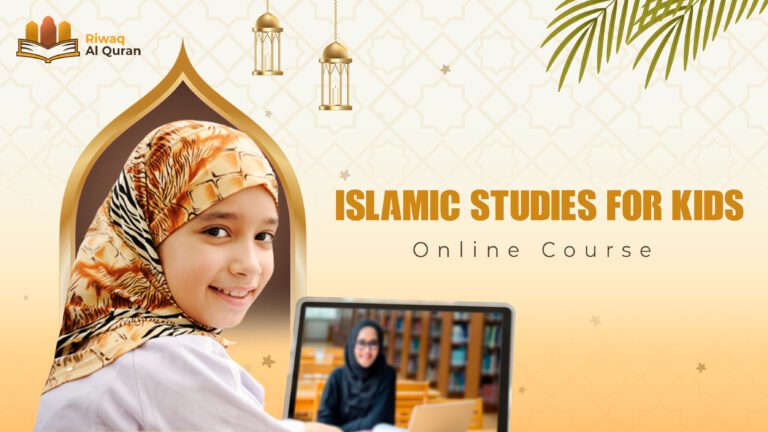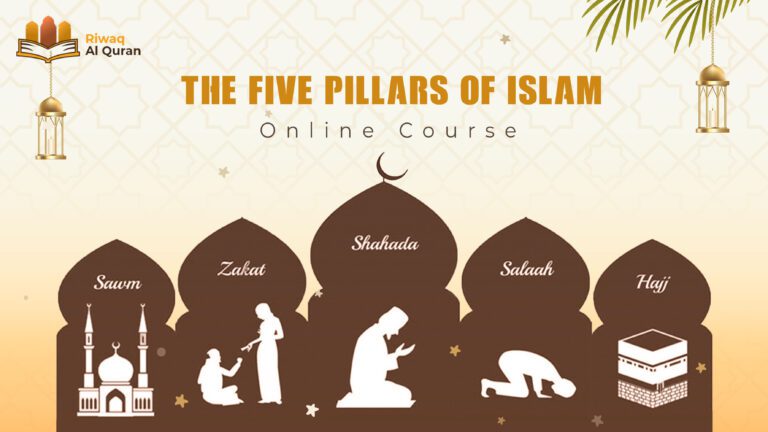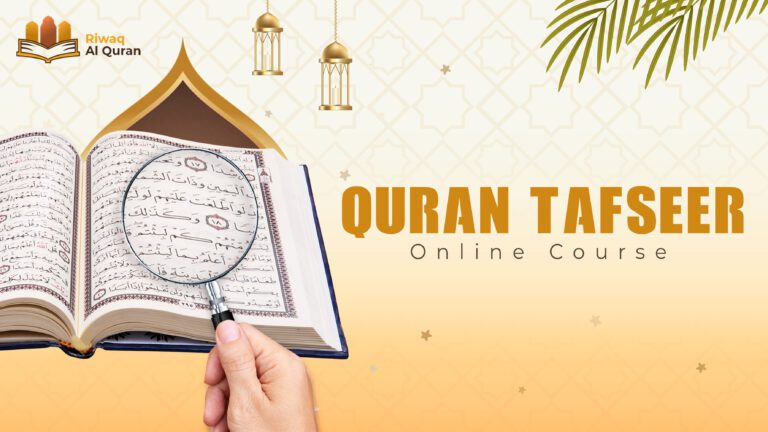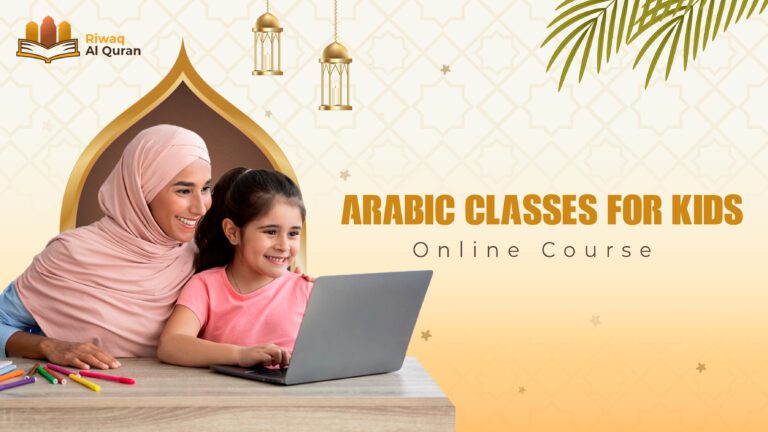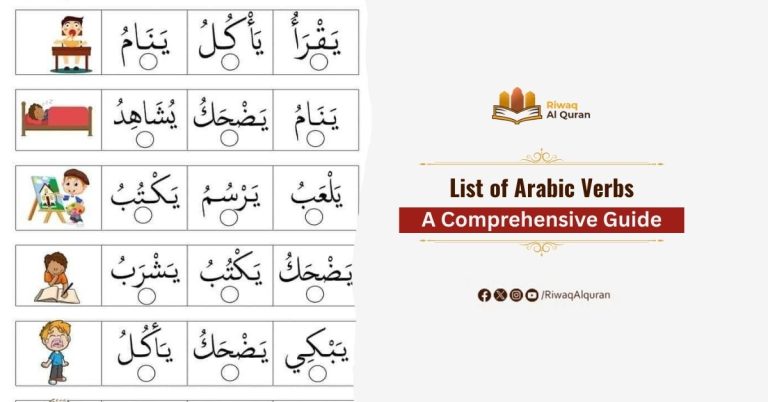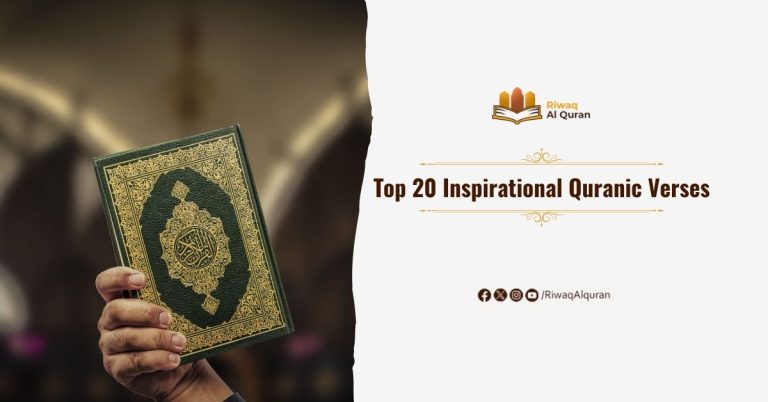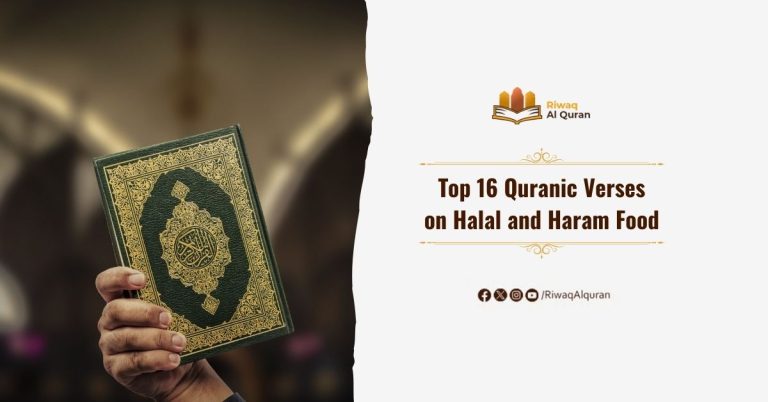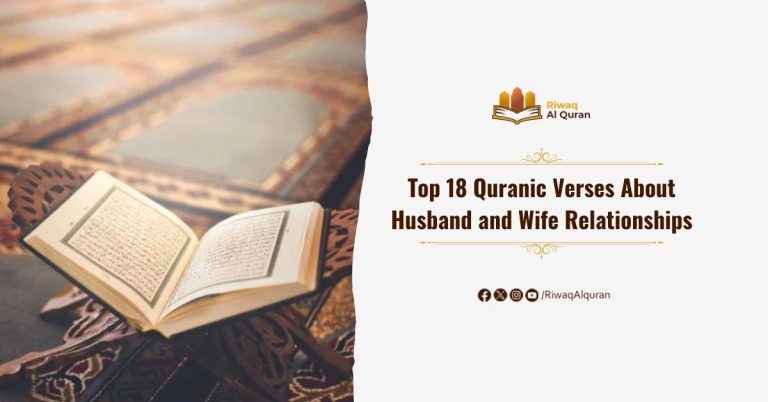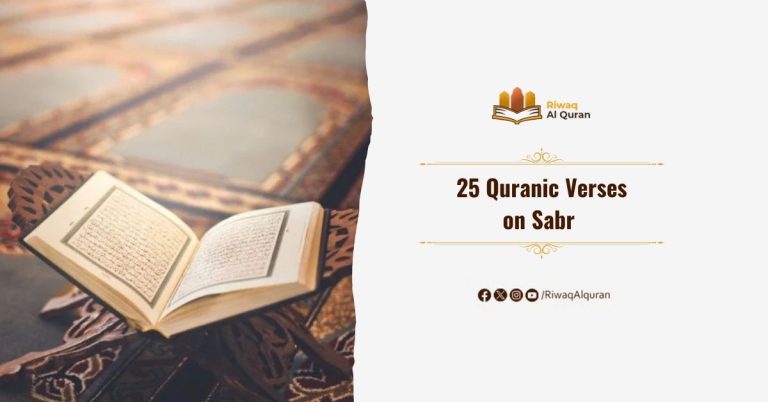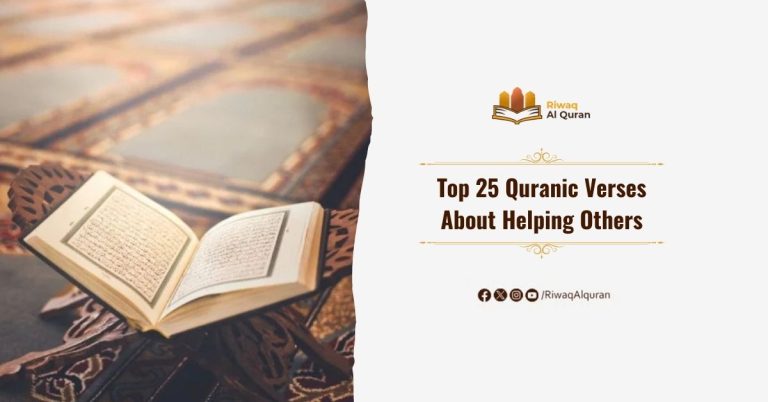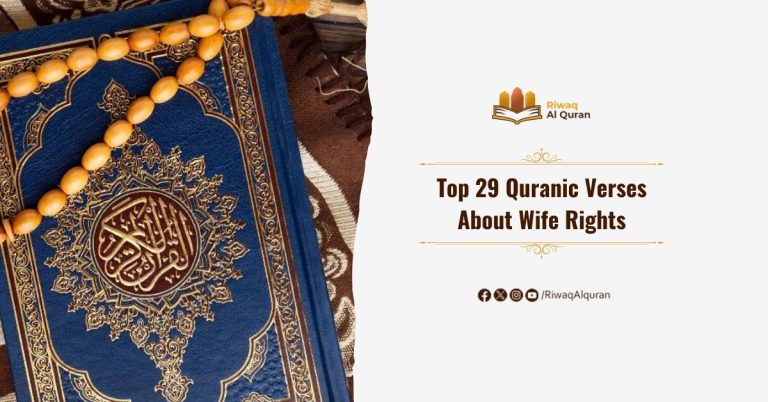Madd letters (Arabic: حروف المد) represent an important aspect of Arabic phonology. These letters are part of the Arabic phonetic system and are used to elongate the vowel sound in words. These Madd letters are an essential part of Arabic pronunciation and are used in the Quranic recitation as an important aspect of Tajweed as well as in any Arabic speech.
In this article, we will examine the definition and conditions of Madd letters with an example from the Quran. Then we will explain how to pronounce a Madd letter. Also, we will tackle a very important question: can Madd letters be Mutahrika? Why not? Finally, we will examine what happens if the Madd letters become Mutahrika with an example from the Quran.
Table of Contents
Definition Of Madd Letters
Madd means extending the sound of certain letters based on specific rules. A Madd letter (Arabic: حرف المد) refers to a letter that is used to indicate a long sound. It indicates the lengthening of three letters which are:
1- Alif (ا) [this is called by scholars of the Arabic language the mother of Fatha (َ) [Arabic: أم الفتحة], i.e. to properly pronounce an Alif, you need to pronounce two sounds of Fatha (َ + َ)].
2- Waw (و) [it is called the mother of Dammah (ُ) [Arabic: أم الضمة], i.e. to properly pronounce a Waw, you need to pronounce two sounds of Waw (ُ + ُ)].
3- Yaa (ي) [it is called the mother of Kasra (ِ) [Arabic: أم الكسرة], i.e. to properly pronounce a Yaa, you need to pronounce two sounds of Kasra (ِ + ِ)].
Conditions Of Madd Letters
There are two conditions that the three letters: Alif (ا), Waw (و) and Yaa (ي) should fulfill, so that they are considered Madd letters:
1- They must be Sakin.
2- The preceding letter must have Fatha in the case of Alif (ا), Dammah in the case of Waw (و), and Kasra in the case of Yaa (ي).
An Example of Madd letters in the Quran:
“فَسُبْحَـٰنَ ٱلَّذِى بِيَدِهِۦ مَلَكُوتُ كُلِّ شَىْءٍۢ وَإِلَيْهِ تُرْجَعُونَ“
Here, the bold underlined words have Madd letters: Alif (ا) in “فَسُبْحَـٰنَ”, Yaa (ي) in “ٱلَّذِى”, Waw (و) in “مَلَكُوتُ”, Yaa (يـ) in “إِلَيْهِ” and Waw (و) in “تُرْجَعُونَ”. They are Madd letters as they fulfill the two above-mentioned conditions.
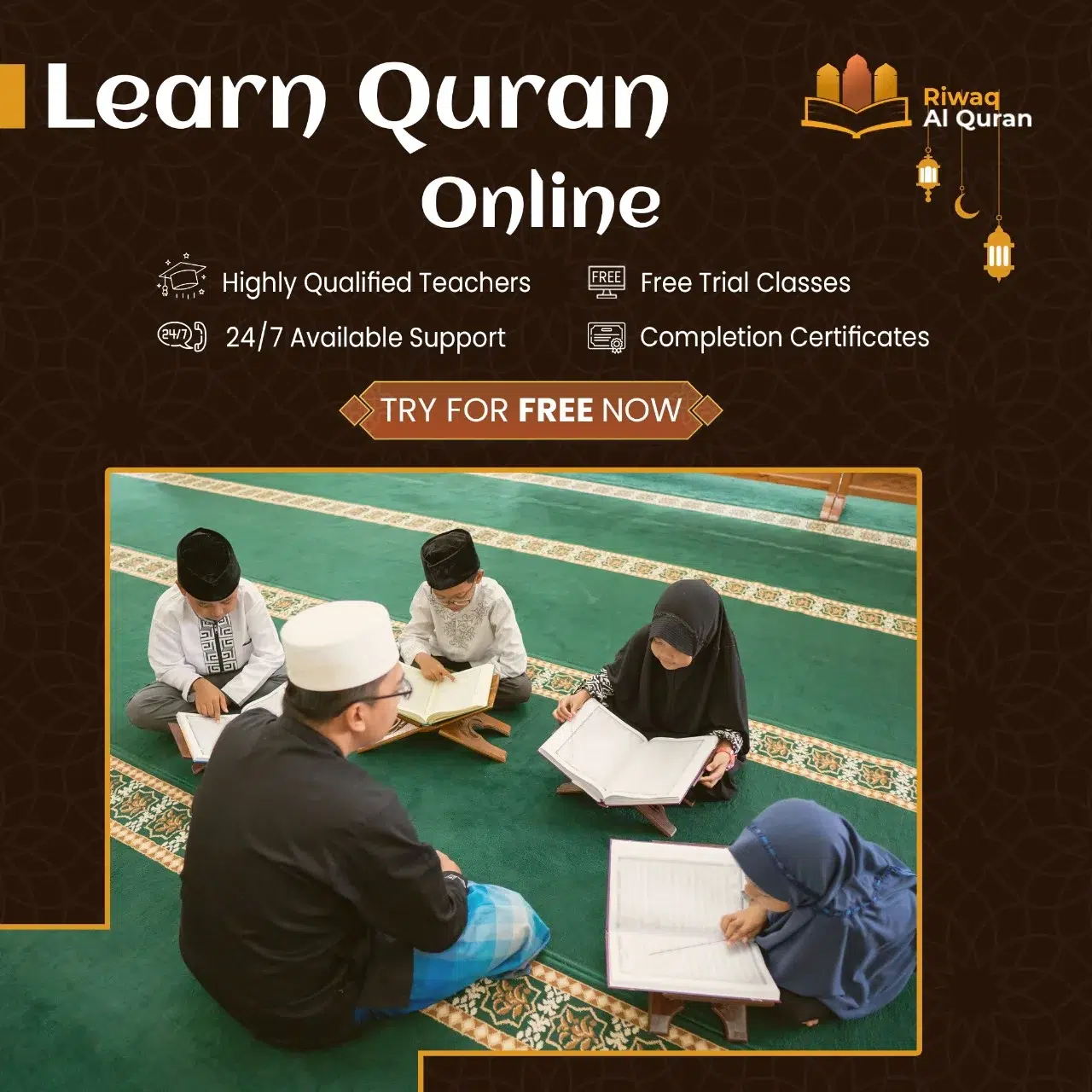
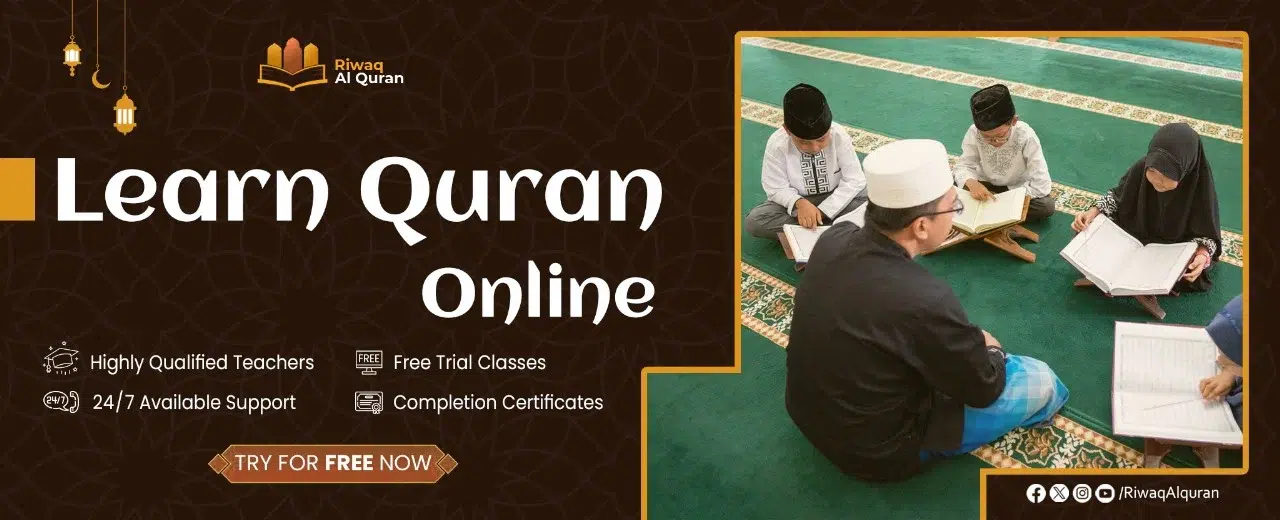
How To Pronounce A Madd Letter?
A Madd letter is given two Harakat [one Haraka is equal to one finger count]. For example, the Alif in “مالك” is pronounced as two sounds of Fatha [two counts]. This is called the basic state of Madd [Madd Asli]. To add more Harakat for Madd, there needs to be a reason according to Tajweed rules.
If the Madd letter in “مالك” (English: “owner”) is given one Haraka only, it would be “ملك” (English: “king”). So here the meaning of the word is changed when the number of Harakat has changed. That’s why it is very important to know how many Harakat each Madd kind has.
Read more about: Types of Madd in Tajweed with Easy Examples And Charts
Can A Madd Letter Be Mutahrik?
Now, let’s move to the very important question: can Madd letters be Mutahrika [i.e. have Dammah (ُ), Fatha (َ), or Kasra (ِ)]?
The answer is NO. The reason is simple: being the mothers of the main Arabic Harakat [Fatha (َ), Dammah (ُ), and Kasra (ِ)], Madd letters have a very important role to play in the Arabic spoken language. To understand this role, you need to know that all Arabic constant letters (Arabic: الحروف الصحاح) are Sakin with a specific “place of articulation” (Arabic: مخرج الحرف). What makes them utterable are Harakat and by extension Madd letters.
To get a constant out of its place of articulation, Madd letters must be fluid [with no specific place of articulation] and they cannot have any Harakat as they are already Harakat. In the Arabic structure of words, if constant letters are blocks, the Harakat and the Madd letters, as one group, are the mortar that joins blocks together.
Read more about: Madd Badal
What Happens If A Madd Letter Becomes Mutahrik?
If Madd letters become Mutahrika, they turn back to be “Weak Letters” [Arabic: حروف علة]. For example, the Waw (و) letter in “وَصف” is Mutahrika with Fatha, so it is here a weak Letter and not a Madd letter.
An Example From The Quran Of Madd And Mutahrik Weak Letters:
Examples of Madd and Mutahrik Weak Letters are countless in the Quran. However, let’s see one verse where there are both Madd and Mutahrik Weak Letters. Please see below.
“فَأُو۟لَـٰٓئِكَ عَسَى ٱللَّهُ أَن يَعْفُوَ عَنْهُمْ ۚ وَكَانَ ٱللَّهُ عَفُوًّا غَفُورًۭا”
In this verse, the Yaa (يَـ) letter in “يَعْفُوَ” is a Weak Letter as it has a Fatha (َ) over it [so it is Mutahrika]. In comparison, the Alif (ا) in “كان” is a Madd letter as it is Sakin (has no Haraka over or under it).


Learn Quran, Arabic And Islamic Studies Online With The Best Native Tutors
Riwaq Al Quran is a comprehensive online platform that offers personalized Quran, Arabic and Islamic Studies Online classes for individuals of all ages and backgrounds.
Their experienced instructors use a structured curriculum to cover Tajweed, Tafsir, and Memorization, providing easy and effective access to learning the Quran.
The advanced online classes allow for seamless communication and interaction between students and teachers. Join Riwaq Al Quran for a deeper connection with the Quran.
We offer several courses such as:
- Online courses for kids.
- Online Quran classes for kids and adults.
- Online Arabic courses
- Online Ijazah courses
- Online Islamic Studies courses.
Here are a sample of our set of Quran Courses that will be helpful for you:
- Online Tafseer Course: Delve into Quranic meanings with our insightful online Tafseer course.
- Noorani Qaida Online: Learn Quranic basics efficiently through our Noorani Qaida online program.
- Online Quran Recitation Course: Enhance Quranic recitation skills through our expert-led online course.
- Online Tajweed Classes: Master Tajweed rules for beautiful Quranic recitation in online classes.
- Quran Memorization Online Course: Memorize the Quran effectively with our specialized online memorization course.
- Online Qirat Course: Explore diverse Qirat styles with our comprehensive online Qirat course.
- Online Quran Classes for Kids: Nurture a love for the Quran in kids through interactive online classes.
Conclusion
In conclusion, Madd letters are essential in Arabic for their significant impact on the pronunciation, meaning, and rhythm of the language. The correct use of Madd letters is especially crucial in formal recitations, such as Quranic recitation, where precise pronunciation can alter the meaning of a word or verse. That’s why understanding Madd letters is a key aspect of mastering Arabic pronunciation and Tajweed rules.

